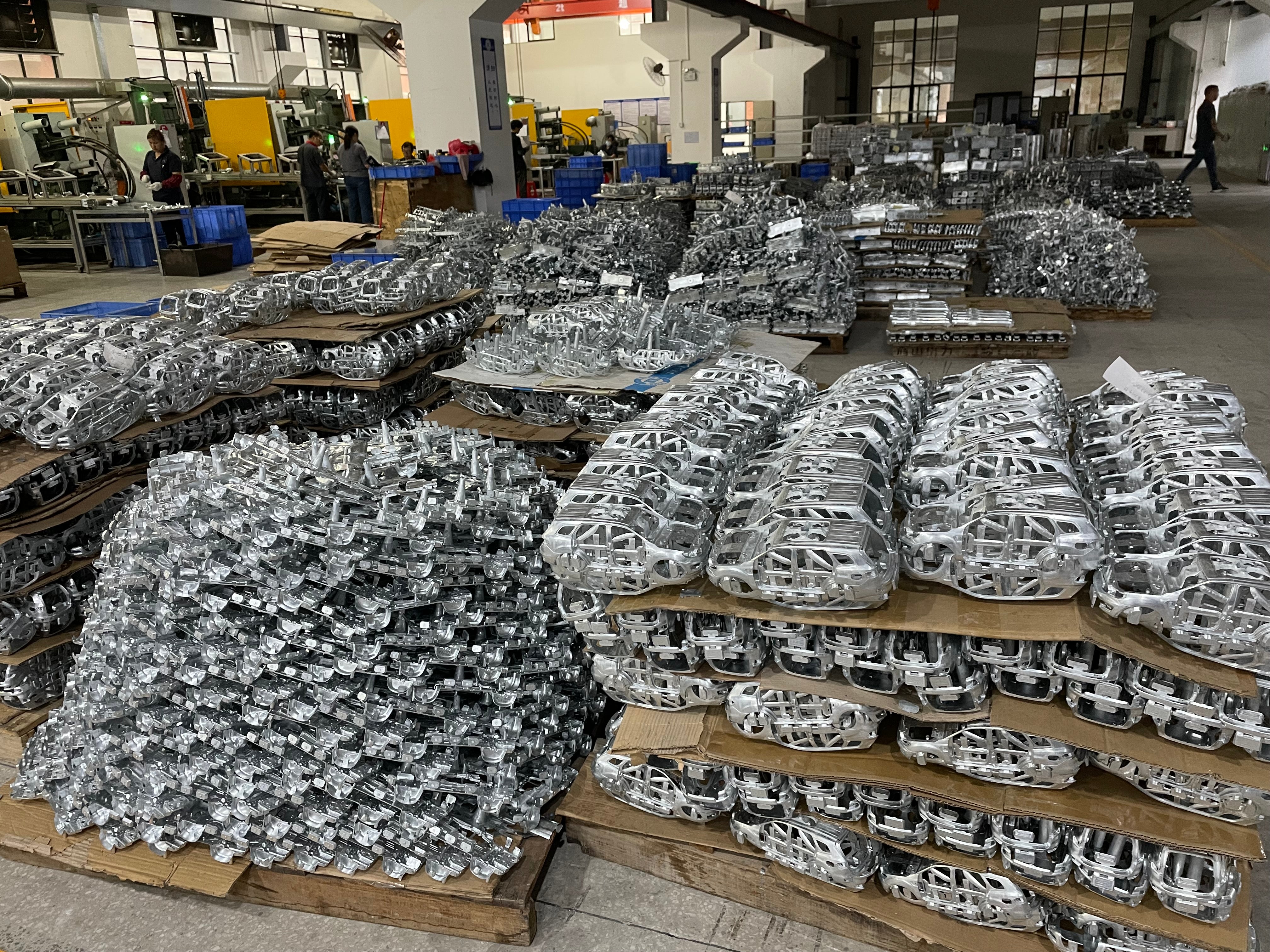
Why do many high simulation models choose alloy material?
| LisaKeys
The production of high-quality alloy models offers several advantages over other materials. Here are some detailed advantages of creating models using alloy:
- Realistic Appearance: Alloy models provide a high level of realism in terms of appearance. The use of alloys allows for excellent replication of intricate details, surface textures, and fine features. This realism is especially beneficial for applications such as automotive,bus, truck, aerospace, construction machinery or agricultural machinery models.
- Durability and Strength: Alloy models exhibit superior durability and strength compared to models made from other materials like plastic or resin. Alloys are known for their excellent mechanical properties, including high tensile strength and resistance to wear and tear. This makes alloy models more robust and long-lasting, withstanding handling, transportation, and frequent use without significant damage.
- Heat Resistance: Many alloy compositions offer good heat resistance, making alloy models suitable for applications that involve exposure to high temperatures. This is particularly important in industries like automotive or engineering, where models may need to withstand heat generated by engines or other mechanical systems.
- Machinability: Alloy materials are generally easier to machine and work with compared to some other metals. They can be precisely shaped, milled, or drilled, allowing for greater flexibility in the design and manufacturing process. This facilitates the creation of complex or customized models with intricate features.
- Weight-to-Strength Ratio: Alloy models often exhibit an excellent weight-to-strength ratio. They provide sufficient strength and structural integrity while keeping the overall weight relatively low. This characteristic is particularly advantageous for applications where weight reduction is crucial, such as aerospace or automotive design, where lighter models contribute to improved performance and fuel efficiency.
- Surface Finishing Options: Alloy models offer a wide range of surface finishing options, including polishing, painting, plating, or coating. These options allow for enhanced aesthetics and protection against corrosion or other environmental factors. Surface treatments can significantly improve the appearance, texture, and overall quality of the alloy models.
- Recycling and Sustainability: Alloys, such as aluminum or zinc, are highly recyclable materials. The ability to recycle alloy models at the end of their life cycle contributes to sustainability efforts and reduces environmental impact. The recycling process for alloys consumes less energy compared to primary production, making alloy models an environmentally friendly choice.

Hinterlasse einen Kommentar
Your email address will not be published.